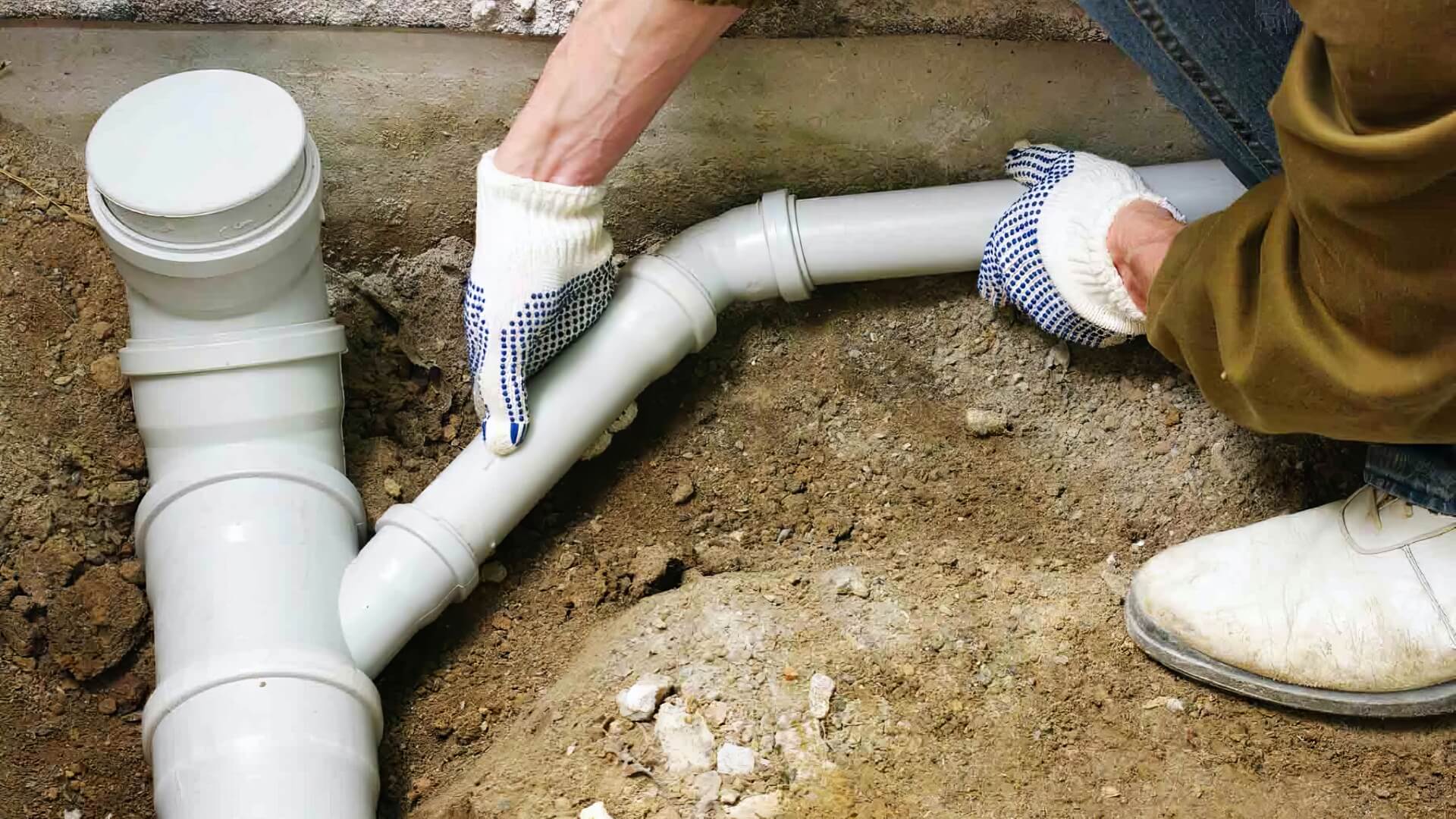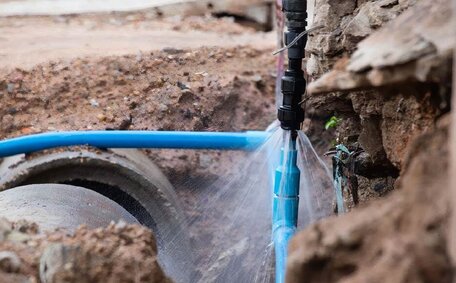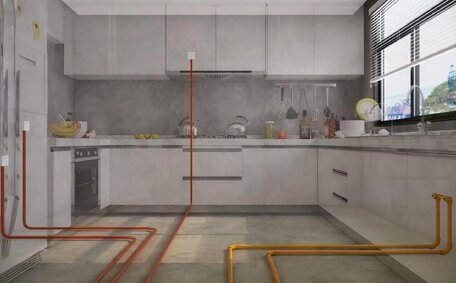Understanding Water Hammer: Causes and Signs
A common plumbing issue, water hammer typically manifests as a loud banging noise in pipes. Water hammering occurs when a hydraulic shock arises from sudden interruption of water flow, like when a tap or appliance such as a washing machine stops its water intake abruptly.
This phenomenon, where sound energy converts to a banging noise, potentially damages pipes within your plumbing system over time. A clear sign of water hammer is a loud banging sound from plumbing pipes when taps or appliances are turned off, abruptly stopping water flow. This happens when air cushions intended to absorb shock waves in the plumbing fail.
Loose Pipes and High Water Pressure
Excessive water pressure in your home can also precipitate noises and vibrations above normal levels. Visually inspect your pipes for signs of movement caused by water flow, which can instigate water hammer, and firmly anchor them with straps.
Measure the water pressure in your system with a pressure gauge to identify if it’s excessive.
Installing Water Hammer Arrestors
Water hammer arrestors mitigate the shock caused by disturbances in water flow, which contribute to pipe banging and vibration. Install arrestors close to the water flow disturbance source, before the point where stopping water could cause water hammer. You may need to fit arrestors at several junctures along the supply pipes for optimal effectiveness.
To prevent water hammer, consider piston or diaphragm arrestors, the two primary systems. Piston arrestors encapsulate air that hammers your sealed chamber with a piston, while diaphragm arrestors house an air-filled balloon-like diaphragm. Both types operate adeptly to buffer the shock wave from changes in water pressure that occurs unexpectedly.
To tackle the causes of water hammer when installing an arrestor, follow these steps:
- When you shut off the main water valve and drain the pipes
- Cut into the pipe connected to your hot water system where you intend to position the arrestor, using a pipe cutter, ensuring you switch off water supply as precaution
- Attach the arrestor to the piping following the manufacturer’s guide.
- Ensure all fittings are secure, then gradually restore your water supply.
- Check for leaks and make sure the arrestor is working properly before fully restoring water pressure
Getting a licensed plumber to mitigate your water hammer by installing arrestors on your property can ensure proper fitting, offering best results and avoiding potential issues.
Strategic Locations for Arrestors
Effectively installing water hammer arrestors requires strategic placement, such as close to appliances and faucets that can quickly stop water flow. Consult a professional plumber for advice, especially for complex plumbing.
Contemplate your plumbing system and identify where issues about water hammer might emerge due to the sudden stoppage in water flow. Arrestors accurately placed near these particular points will attenuate shock waves before they can cause pipes to hammer, propagating noise and risking damage.
Homes with multiple levels may need arrestors on each storey. Carefully planned placement targets the root causes.
Ensuring the right arrestor location is something a plumber can do to maximise performance. Misplaced units will simply shift the problem elsewhere. In essence, deploying thoughtful water hammer solutions like strategic arrestor placement prevents issues from recurring.
DIY Water Hammer Fixes
There are a few DIY methods on how fix water hammer you can attempt before seeking professional plumber assistance:
- If water hammer affects your waterlogged air chambers, drain the system to restore their effectiveness:
- Turn off main water supply via the main shut off valve
- Open all taps to ensure the pipes are fully drained
- Close taps once water has drained
- Having shut off and drained the water, turn the supply back on with care.
- If the water pressure tops 520 kPa, fitting a pressure limiting valve is advised.
- Secure loose pipes causing vibration using pipe straps
- Bleed radiators and expel air to maintain the balance between cold and hot water in your heater, thereby preventing water hammer
Keep in mind that while DIY solutions offer temporary relief, professional expertise is often needed for underlying issues. Persistent reverberations necessitate fixing water hammer, ideally by calling for strategic expertise from a professional plumber, perhaps through the strategic placement of arrestors.
Securing Pipes and Adjusting Valves
A simple DIY fix for water hammer involves securing loose pipes. Firmly strap them to a stable structure with metal pipe straps.
Start by locating accessible sections of water pipe that might cause water hammer sounds under sinks or along walls. Check if pipes inside your walls move too much or remain stable, particularly when a shutoff valve is used.
Additionally, preventing abrupt stops in water flow is crucial, which can be achieved by ensuring shut-off and appliance intake valves are in good working condition. Symptoms like pipes banging when the washing machine intake stops can indicate issues needing to fix water hammer related to valve closure speed. Discover how stop noisy pipes by adjusting valve pressure settings and testing repeatedly for a gradual closure.
Securing pipes and adjusting valves can significantly reduce water hammer and keep your pipes running quietly. It eliminates vibration and reduces hydraulic shock forces through smart, preventative measures. Always contact a professional plumber if you have any uncertainties.
When to Call a Professional Plumber
If water hammer continues after DIY attempts, or if the cause is complex, seek help from a professional plumber. Professionals like the team at Hurstville Plumbing are highly experienced in diagnosing and fixing complex plumbing problems with advanced methods.
Professionals handle difficult scenarios, including hard-to-reach areas with persistent water hammer issues. A thorough inspection from a professional can identify the cause, whether it’s defective valves, saturated air chambers, unsecured pipes, or too high water pressure.
From there, we tailor robust fixes to stop banging and vibration for good. Solutions may include installing water hammer arrestors, replacing old parts, re-routing pipes, or using hydraulic shock absorbers.
Trust us to halt noise issues through a bespoke approach backed by expertise. For professional assistance stopping water hammer, email Hurstville Plumbing or call 1300 349 338 to book an appointment. Get your plumbing into shape with our diligent troubleshooting and proven remedial work.
Preventing Future Water Hammer Issues
Preventing future water hammer issues involves maintaining your plumbing systems through routine checks and upgrades. This can help avoid the annoyance, potential pipe damage and costly repairs caused by persistent water hammer problems.
Check Water Pressure
Regularly test the water pressure at various points in your plumbing system using a pressure gauge.
Ideal household water pressure range is 50-80 psi and could also be a telltale sign of a well-maintained system.
Secure Loose Pipes
Check for pipes displaying vibration or excessive movement during water flow, particularly under sinks and near walls. Secure any loose, noisy pipes by tightly fastening them with straps to a stable structure. This prevents transfer of destructive hydraulic shock into the pipes water system layout.
Install Preventative Devices
Think about installing an air chamber, similar to a water hammer arrestor, near appliances such as washing machines for added protection. These units cushion sudden changes water flow makes, absorbing shock forces before they can disturb pipework and household fixtures.
Routine Maintenance Checks
Prompt intervention prevents minor problems from escalating into expensive repairs later on. Remain alert for small plumbing system changes, like new knocking sounds when taps are shut off or minor leaks at connections, that could suggest hammering.
Contacting a plumber promptly means expert troubleshooting to identify causes water hammer, prevent escalation through protective installations, secure loose components and overhaul aged pipe systems.
With some sensible planning and proactive maintenance, your plumbing can keep operating smoothly for years to come - without the headaches of water hammer.






